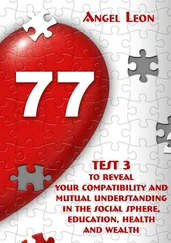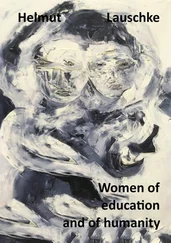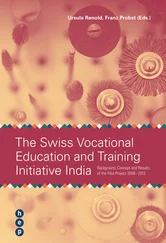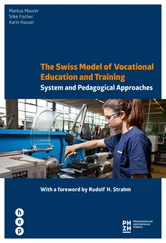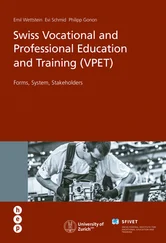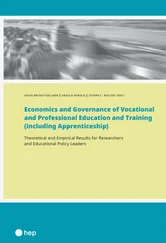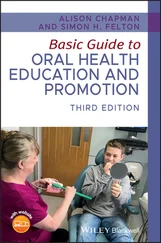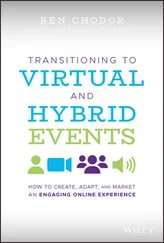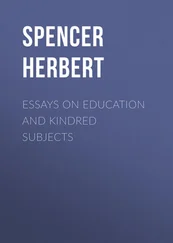The second goal reflects our values: to cultivate a team spirit, being open to the world (to host, to travel), to ensure a work of excellence enabling each team member to flourish and develop personally, to apply the principles of sustainable development on a daily basis as much as possible.
The last goal stipulates that each research project must aim for excellence. Even if this is rarely achieved, it should be a target. It is advisable to communicate one’s research, to compare results with others in order to reassure oneself and feed one’s own reflection. To be a good researcher is to be creative, analytical, and above all, to be very critical of one’s own work.
Our first books came out in 1983. We were very proud, because they were taken up by the European Commission and distributed across European Schools of Architecture. They were also taken up by the energy department in the United States and distributed to architects. At that point, we used to discuss winter thermal comfort, which was not new, but also summer thermal comfort, which was relatively new, and natural ventilation and natural lighting, which was completely new.
On every occasion, each research project is placed within its context, even if we are doing very specific research. It is a bit like a puzzle: cutting-edge research is one piece of the puzzle, but once the research project is completed, the result of that piece is put back into the puzzle. Here are some examples of research developed in the team: the thermoair circulation, double-skin facades, the launch of the Energie+ encyclopedia, lime hemp plaster, the urban square and the microclimate, the renovation of the built heritage with interior insulation (which is rare in Belgium), the construction of a model house in 1992 with 250 measurement points and a consumption of 18 kWh/m 2energy need (compared to a 450 kWh/m 2energy need at ENSAM), a study of emergency tents for the Red Cross which can respond to several climates and be light and small for transport by plane and the publication of the Monitor’s “Treatise of architecture and bioclimatic urban planning” together with ADEME.
In terms of light and lighting, we created an artificial solar system for models. In terms of light, there is no scale effect. If you build a model with the colors matching your future building, you will take exactly the same photo in the model as in your future building.
Regarding water management at the district level, rainwater is not supposed to return to the sewer. It should return to the ground in order to supply groundwater, which is not obvious for increasingly mineralized urban planning. We have developed software that is based on soil permeability, the type of rain or the moment when the rain arrives. For example, when the ground is completely hardened and a strong thunderstorm arrives, water does not seep in. At that moment, it would be necessary to have very fine, typically Belgian drizzle, which sprinkles and moistures all over. The software can inform landscapers about the dimensions and types of plants for valleys.
We are working on heat storage in materials. Our dream is to find a solid-solid phase change material. When this material is found, a building will never need to be heated or cooled again. It will be a small revolution in the construction world.
In terms of education, energy managers have been trained since 1989. We developed the EDUCATE – Sustainable Architecture project at the European level, whose purpose was to compare the place of sustainable development in the curricula of European architecture schools and to suggest accompanying actions.
The activities were developed within the International Energy Agency of the European Community of the Federal State of Belgium by means of research and energy contracts, and, from time to time, in collaboration with the industry.
In 2005, we created the MATRIciel spin-off 2, because we gave a lot of advice to developers, design offices and architects, without being able to take legal responsibility. MATRIciel is a research and consulting office in energy, the environment and special techniques (as TRIBU is in France).
Here are some results in figures, provided by the research team: 3 international conferences, 25 books, the Energie+ website (Cstb in France), 115 articles over the last 10 years and 32 doctorates presented.
In 1995, the European community was looking for a way to get the bioclimatic message across in architecture schools without having to rewrite an umpteenth book on the subject. Teachers had to be given material, and what is better than existing exemplary buildings? We presented the educational portfolio. It was a portfolio containing educational material by means of examples drawn from bioclimatic buildings in Europe. There was a portfolio on housing, on the tertiary sector, on schools. We found all the materials that could spark the interest of any architecture teacher, whether at the workshop, for theory courses, in terms of structure or the physics of building. There was even a floppy disk with Autocad with a building model for the computer teacher. For the structure teacher there were the plans with the details in 1:10 and 1:20 scales. The portfolio also included overlays, slides, the architect’s resume, sometimes an architect’s text, climate and energy analysis. All the schools got one of the three portfolios, so there must be one at the school here.
Various volumes of the “Guide to bioclimatic architecture” have been published.
In 1996, the European Master in Architecture and Sustainable Development was created together with the Toulouse School of Architecture and the EPFL in Lausanne.
In 2003, we won the Roberval Prize for Higher Education with the book Natural Lighting in Buildings .
The educational approach to teaching in Louvain-La-Neuve is made up of three blocks:
1 1) three-year Baccalaureate (“License” in France, equivalent of a Bachelor’s degree): raising students’ awareness about the issues we are interested in;
2 2) two-year Master’s degree: validation of awareness;
3 3) doctoral studies: reflection on this subject.
There are theory classes, project workshops and optional courses. The theory and the projects fully interact with one another. The specificity of our school was that the same teachers who taught theory lessons also conducted the workshops, which I think was specific to our school. For example, a first course on materials or climatic architecture is directly related to the first “habitat” project. The course on the physics of building (a theory course) then had an impact on the second project: natural light, with a model work in relation to the sky and the artificial sun.
These are still buildings in the city, and not in a potato field: for us, the problem of tomorrow is the city or a village (an urbanized area). We would never commission a project for a house with four exterior walls.
At the beginning, it was the results of the “Architecture and Climate” course that had an impact on the other courses. Afterwards, in the field of research, it was the researchers of “Architecture and Climate” team who became involved.
Optional courses are those which can be found at other faculties, such as for example, on environmental pollution, environmental law or ecology. During the last year, there is the graduation or final thesis (the “dissertation” in France), which is usually an architectural project.
As a conclusion, I would like to present three questions.
The challenges of tomorrow are multiple: the territorial and programmatic aspect, air quality, the environmental quality of materials, waste, water issues, biodiversity, etc. We should not legislate as we have legislated so far in relation to energy. This is the great drama of environmentalists, who have tried to spur change with simple speech, but who have seen nothing concrete. It then became necessary to legislate, but we have undoubtedly legislated too much, too much has been cut from the architect’s creativity.
Читать дальше

